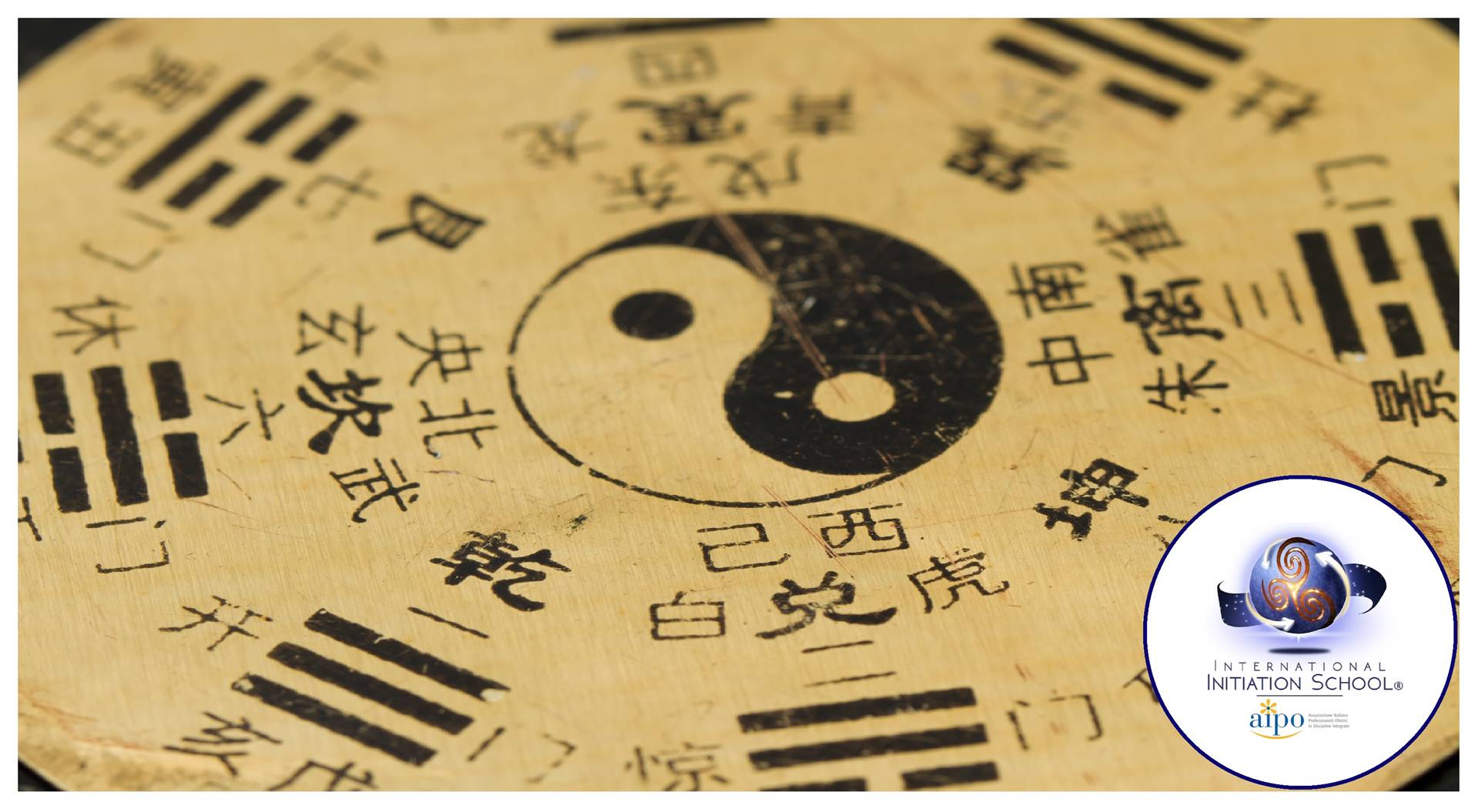

Attention centers not on things in their state of being – as is chiefly the case in the Occident – but upon their movements in change. The eight trigrams are symbols standing for changing transitional states they are images that are constantly undergoing change. Here we have the fundamental concept of the Book of Changes. At the same time, they were held to he in a state of continual transition, one changing into another, just as transition from one phenomenon to another is continually taking place in the physical world. These eight trigrams were conceived as images of all that happens in heaven and on earth. In this way the eight trigrams came into being. To each of these combinations a third line was then added. However, the need for greater differentiation seems to have been felt at an early date, and the single lines were combined in pairs. “Yes” was indicated by a simple unbroken line, and “No” by a broken line. This type of oracular pronouncement is likewise the basis of the Book of Changes.

In antiquity, oracles were everywhere in use the oldest among them confined themselves to the answers yes and no. Thus increasingly hairsplitting cabalistic speculations came to envelop the Book of Changes in a cloud of mystery, and by forcing everything of the past and of the future into this system of numbers, created for the I Ching the reputation of being a book of unfathomable profundity.Īt the outset, the Book of Changes was a collection of linear signs to be used as oracles. Combining a rigorously consistent, dualistic yin-yang doctrine with the doctrine of the "five stages of change" taken from the Book of History, it forced Chinese philosophical thinking more and more into a rigid formalization. The Ch'in and Han dynasties saw the beginning of a formalistic natural philosophy that sought to embrace the entire world of thought in a system of number symbols. In the course of time, owing to the great repute for wisdom attaching to the Book of Changes, a large body of occult doctrines extraneous to it – some of them possibly not even Chinese in origin – have come to be connected with its teachings. Small wonder then that both of the two branches of Chinese philosophy, Confucianism and Taoism, have their common roots here. Therefore it may safely be said that the seasoned wisdom of thousands of years has gone into the making of the I Ching. Nearly all that is greatest and most significant in the three thousand years of Chinese cultural history has either taken its inspiration from this book, or has exerted an influence on the interpretation of its text. Its origin goes back to mythical antiquity, and it has occupied the attention of the most eminent scholars of China down to the present day. The book of changes or Yi Jing is the Chinese method of divination which has similar complexity and idealogy as compared to tarot.


 0 kommentar(er)
0 kommentar(er)
